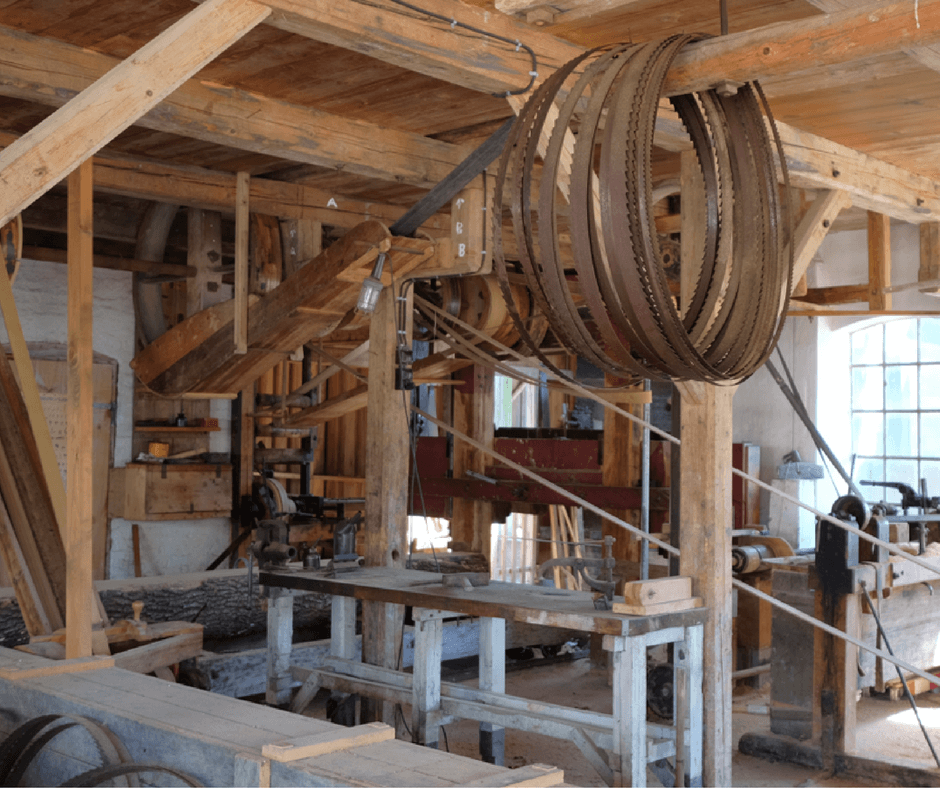Today, we’re on our way to the Writerly Play Workshop.
If you’re joining this series mid-stream and wondering what in the world the Writerly Play Workshop is, you might find it helpful to start at the beginning.
If you’ve been reading along, you’re well aware that the Writerly Play Workshop is another of five mental spaces in the creative landscape of Writerly Play. I find it helpful to think of the Workshop in juxtaposition to the Studio. In fact, the Studio and the Workshop were the initial reason I realized I needed Writerly Play in the first place.
In the Writerly Play Workshop, you’re invited to think critically—developing ideas, revising, and practicing skills.
When I spend too much time in the Writerly Play Studio, my ideas spiral out of control, leading me into intriguing, but often illogical territory. When I spend too much time in the Workshop, my work bogs down under the weight of my critical eye. When I start wondering why I’ve poured my heart and time into a project that I’m starting to despise, I know I’ve been in the Writerly Play Workshop too long.
However, the even more disastrous situation for me was that I had knocked out the wall between the two rooms. My inner critic had clear access to throw darts at my idea balloons. In retaliation, my wild creativity tangled my outlines into rats’ nests. Something had to be done.
That’s why I recommend that you firmly close your Studio door, and march down the hall at least three or four doorways before you choose the best place for your Workshop. You need to be able to move between the rooms, but there should not, not, not be a trapdoor between the two.
So, what kind of doorway will invite your logical, analytical self out to play? Maybe you need a sleek fingerprint keypad, or a rubix cube puzzle lock. Choose the doorway that’s best for you, and then move on inside.
Look around. What gives your Writerly Play Workshop structure and that can-do feel?
Is it a wood shop filled with power tools? A crime-scene lab fit for Sherlock Holmes? Maybe you have a diagram wall, a microscope, a storyboard, or index cards, scissors and tape.
Even if your Writerly Play Workshop is filled with sawdust and other evidence of hard work, it still ought to feel organized. Here, you want to feel clear-minded enough to focus on one problem at a time. You want to feel patient, attentive, and most of all, optimistic. You’ll be thinking analytically, poking at your ideas, moving them around, and finding connections and holes. Optimism is important so that you can look with clear eyes for elements of your project that need further attention. If you don’t believe fully that you’re capable of finding solutions for any problems you uncover, you’ll either avoid the painful truth or turn inward with harsh criticism. Neither of these stances help us in making our best possible work.
The more you engage with Workshop thinking, the more well-crafted your work will be.
The core skills in the Writerly Play Workshop include:
-
Mapping a Plan
-
Structuring Ideas
-
Observing Closely
-
Practicing Strategies
-
Revising and Rethinking
-
Fine-Tuning
In order to play to your strengths while thinking in these ways, what tools, strategies or supplies ought to be in your Workshop? What tried-and-true strategies do you have? What kinds of tools or activities would you like to seek out?
Add to your toolkit or list. And if you’d like to explore some additional possibilities, here’s my recent list of Writerly Play Workshop tools and strategies.
What do you notice when looking at the Studio and the Workshop in juxtaposition? Do you have enough distance between these two mindsets in your creative process? Are there areas of potential growth for you in developing skills in one space or the other?
Tomorrow, in The Nuts and Bolts of Writerly Play, we’re off to the Library, one of my favorite spaces of all!


